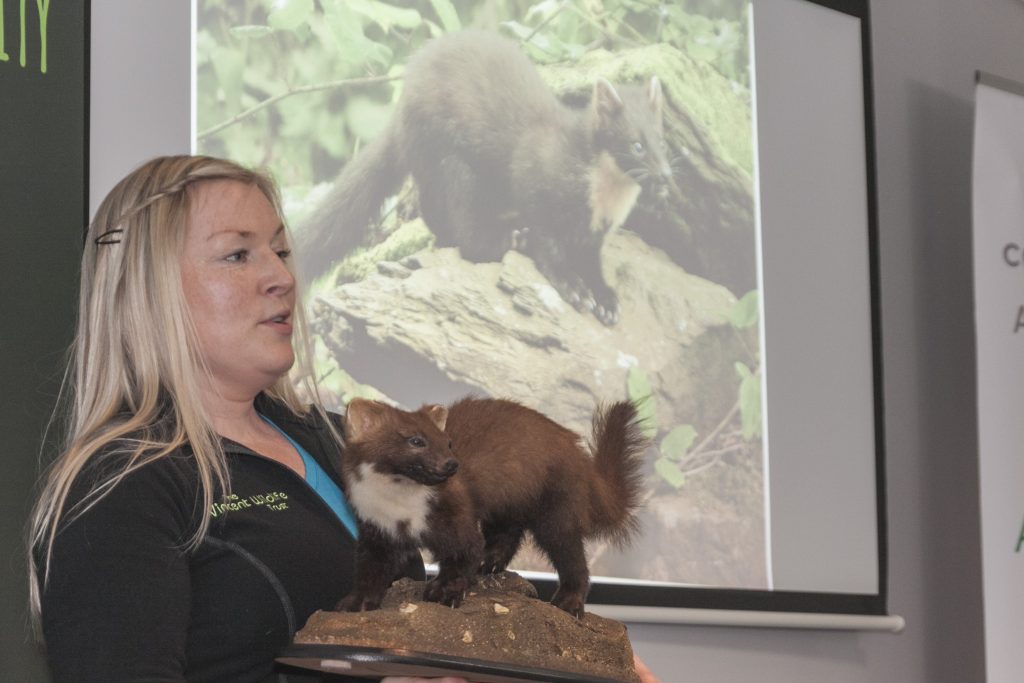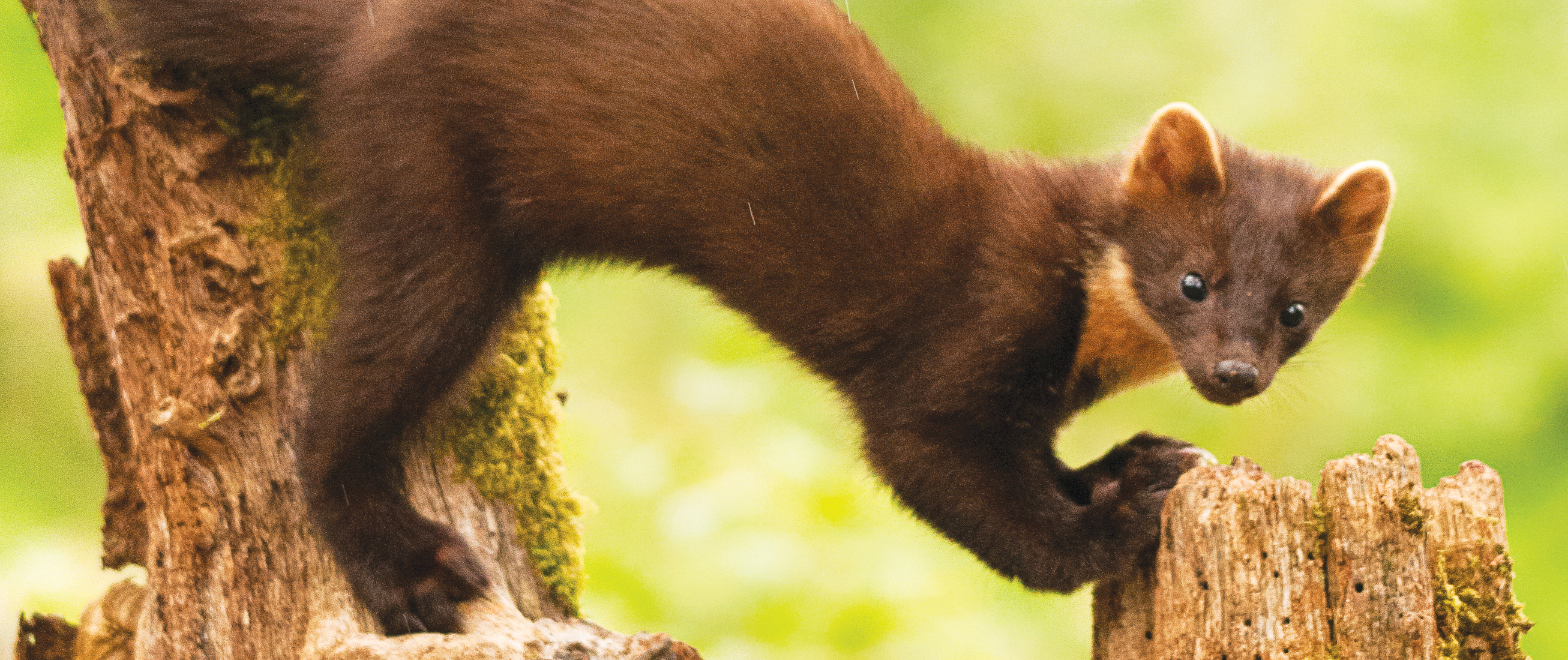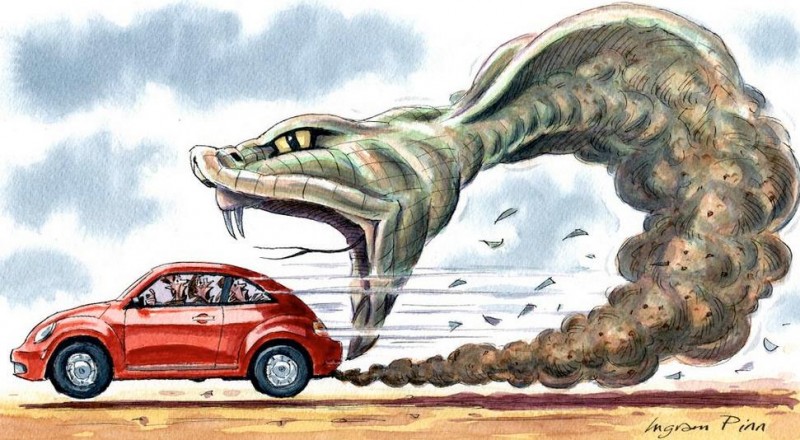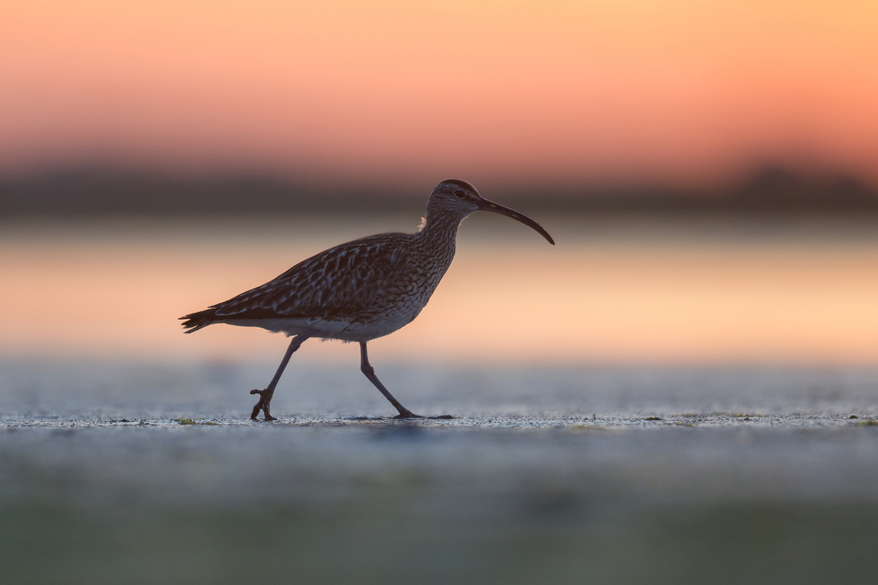Living in harmony with our precious pine marten

November 29th, 2018
Mammals are highly charismatic and inspiring to watch – imagine a grey wolf padding across a snowy Scandinavian hillside or an orangutan swinging through a Bornean forest.
Closer to home our mammals are just as elusive and a glimpse can be equally exhilarating; an otter smoothly gliding along a river’s edge or an encounter with a stoat – feisty and steeped in folklore.
On occasion, however, charisma and folklore are not the terms that spring to mind when mammals are depicted by the Irish media, as has been the case recently for the pine marten.
Reading newspaper headlines one would be forgiven for incorrectly envisioning large animals who roam the countryside in large numbers, wilfully causing damage in their wake.
Sadly, it reflects a lack of appreciation of Ireland’s natural history, making it important to present the facts that don’t make the headlines.
The pine marten is a cat-sized animal with dark brown fur and a bushy tail. Originally found in every county, its population declined due to persecution, strychnine poisoning and the act of being hunted for its mink-like fur.
It is protected by both national and European legislation and this, along with afforestation, has facilitated a slow recovery from isolated populations in the west and south east.

Ruth Hanniffy of the VWT Photo: Niall SargentIn nature, the pine marten is a solitary, territorial creature, with the males and females only coming together to breed. Sightings of a group will typically comprise of a female with two to three kits, which remain with her for up to six months after birth.
They are predators, but their diet is extremely varied and includes wood mice, bank voles, rabbits, squirrels, birds, frogs, carrion, eggs, insects and fruit. Remarkably, in Ireland, pine martens are being blamed for the killing of both sheep and lambs.
The Vincent Wildlife Trust has discussed these claims with a range of veterinary practitioners throughout the island and Britain, and all of them have questioned the basis for these claims, stressing that dogs and foxes continue to be the main sources of predation when post mortem analysis is carried out on carcasses submitted to regional laboratories.
The pine marten is a natural part of our landscape, one of our few predators. Living in harmony with it is not just important for the survival of this species, it is symbolic of how we choose to safeguard the landscapes and wildlife we still have.
By Ruth Hanniffy, Ireland Projects Support Officer at the Vincent Wildlife Trust
The Vincent Wildlife Trust, with support from the National Parks and Wildlife Service, has launched a new website as a one-stop shop for information on pine martens – pinemarten.ie







